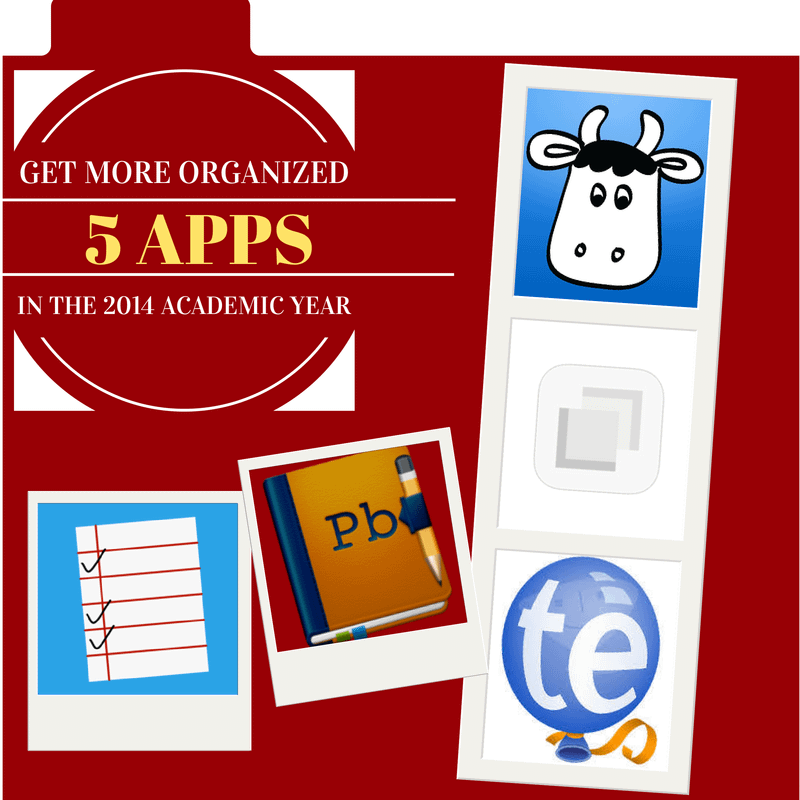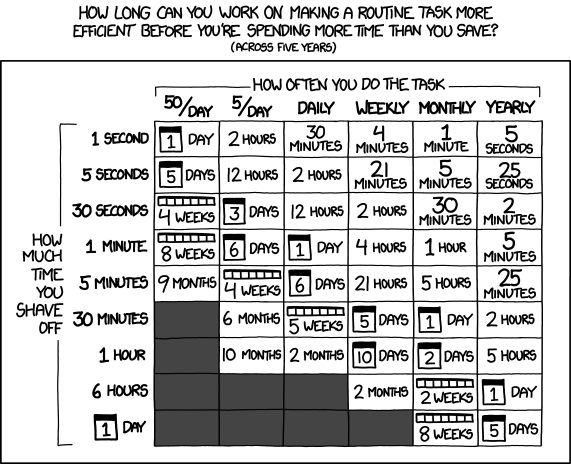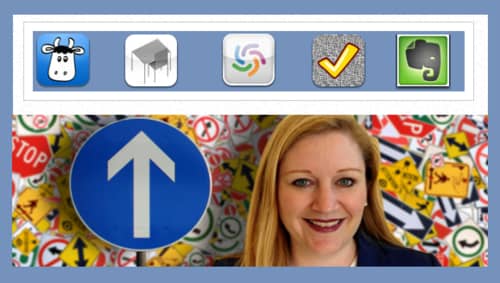August is upon us.
Many of us are getting ready to launch into a new semester later this month, or in September. As I look to enjoy these last few weeks of summer, I'm also starting to get organized for the Fall.
Here are five tools that I consider essential in helping me be organized in my teaching:
[Read more…] about Five apps that will help you be more organized in the new school year


